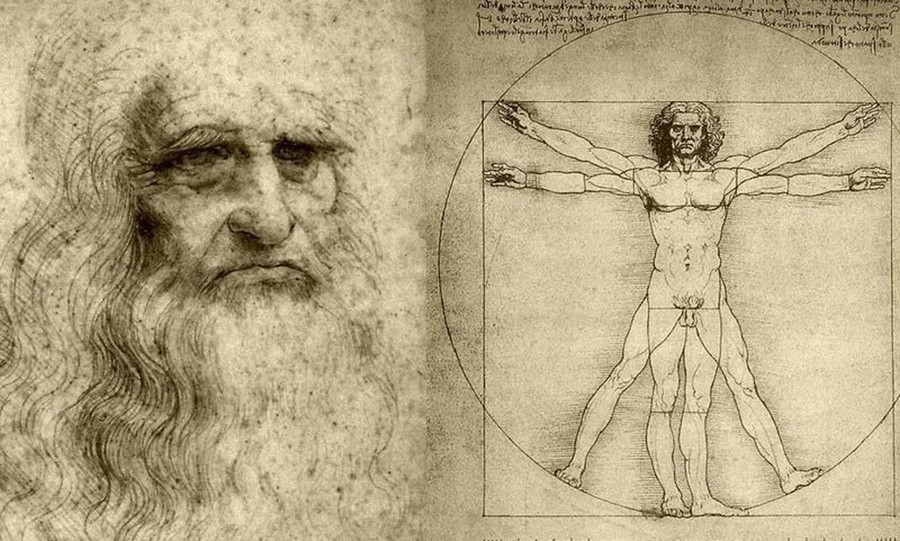In a stunning discovery during an archaeological dig in Viru-Nigula, Lääne-Viru County, experts have unearthed human bones and evidence of a Viking-era settlement, shedding light on the fascinating history of this ancient Estonian site. The findings offer a glimpse into life during the medieval period, revealing intriguing details about burial practices, health care, and daily life in the past.
The archaeological dig, conducted ahead of planned roadworks in the area, confirmed a long-held hypothesis that the cemetery and church in Viru-Nigula were constructed upon the foundations of an earlier settlement. Researchers found a total of 11 human skeletons, with four appearing to have been buried in a common grave. Preliminary estimates suggest that these remains date back to the 16th to 18th centuries.
One of the most remarkable aspects of these discoveries is the insight they provide into the medical practices of the time. Martin Malve, a bioarchaeologist and bone specialist involved in the project, expressed his excitement about the pathologies, bone fractures, and injuries found among the skeletons. One skeleton, in particular, exhibited a femur fracture, prompting questions about how this individual coped with such a severe injury. Contrary to common assumptions, people of that era did survive such injuries, although their treatment methods were far different from modern medical care. This revelation challenges conventional wisdom about the resilience and adaptability of past societies.



Beyond the cemetery, the archaeological team uncovered evidence of a settlement with a history dating back to the Viking Age. The site yielded pottery shards, nails, and an abundance of animal bones, including fish and bird remains. This wealth of artifacts offers valuable insights into the diet, tools, and daily lives of the inhabitants of Viru-Nigula during this bygone era. Additionally, soil samples were taken to extract plant residue, providing further information about agricultural practices in the region.
The coexistence of artifacts from different historical periods raises intriguing questions about the events that transpired in Viru-Nigula over the centuries. Speculation runs rampant, with some suggesting that the village may have been destroyed during the Crusades or other dramatic events. However, the exact historical narrative remains elusive. Martin Malve cautioned against hasty assumptions, stating, "People's romanticism has led to suggestions that the village was burned down or that the Germans came and destroyed the village. But what actually happened, we don't know. Perhaps part of the village was deserted or demolished, or a church was built in the center."
The two-week archaeological excavation in Viru-Nigula promises to yield further revelations about the rich history of this Estonian site. As researchers continue their meticulous work, the story of this ancient settlement and its inhabitants will undoubtedly become clearer, offering a window into a world that existed centuries ago.
The discoveries in Viru-Nigula serve as a testament to the importance of preserving and exploring our historical heritage, providing us with a deeper understanding of the past and enriching our appreciation of the complex tapestry of human history.







